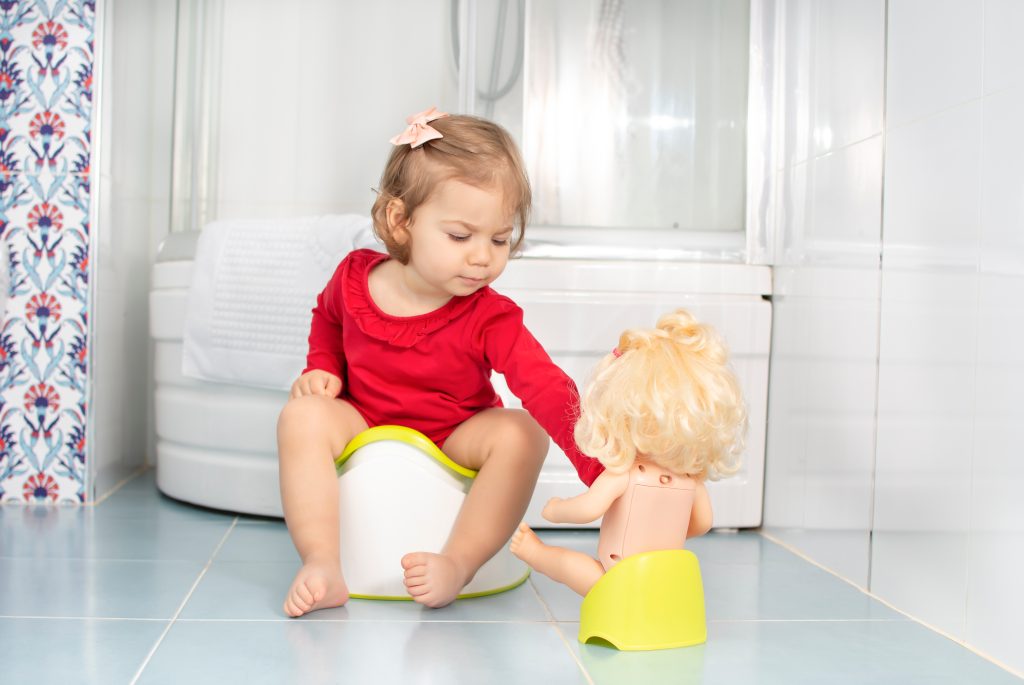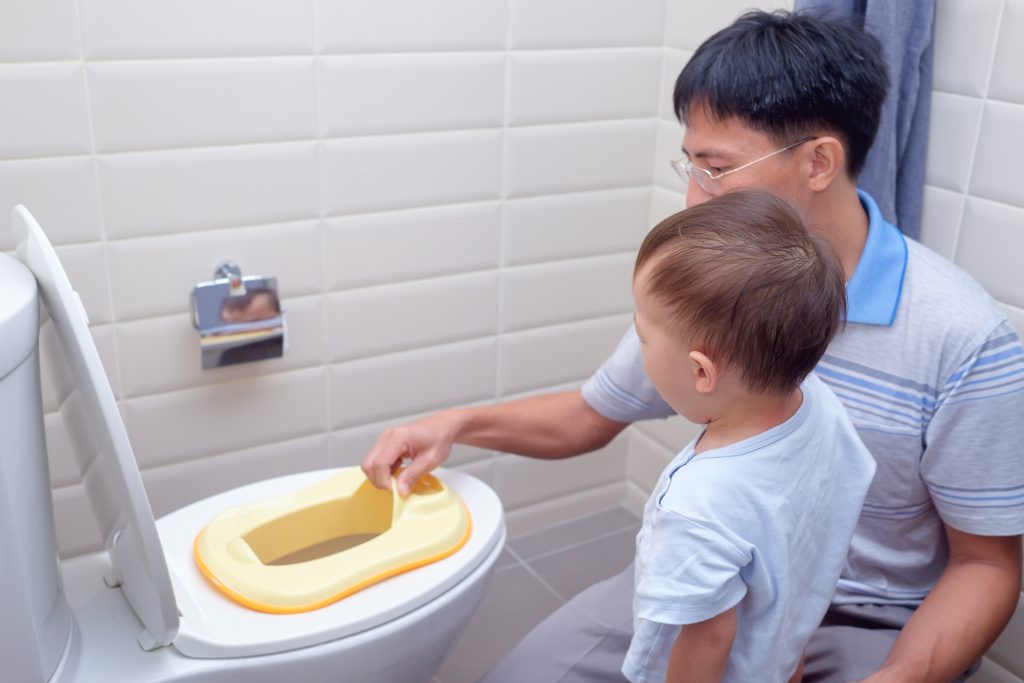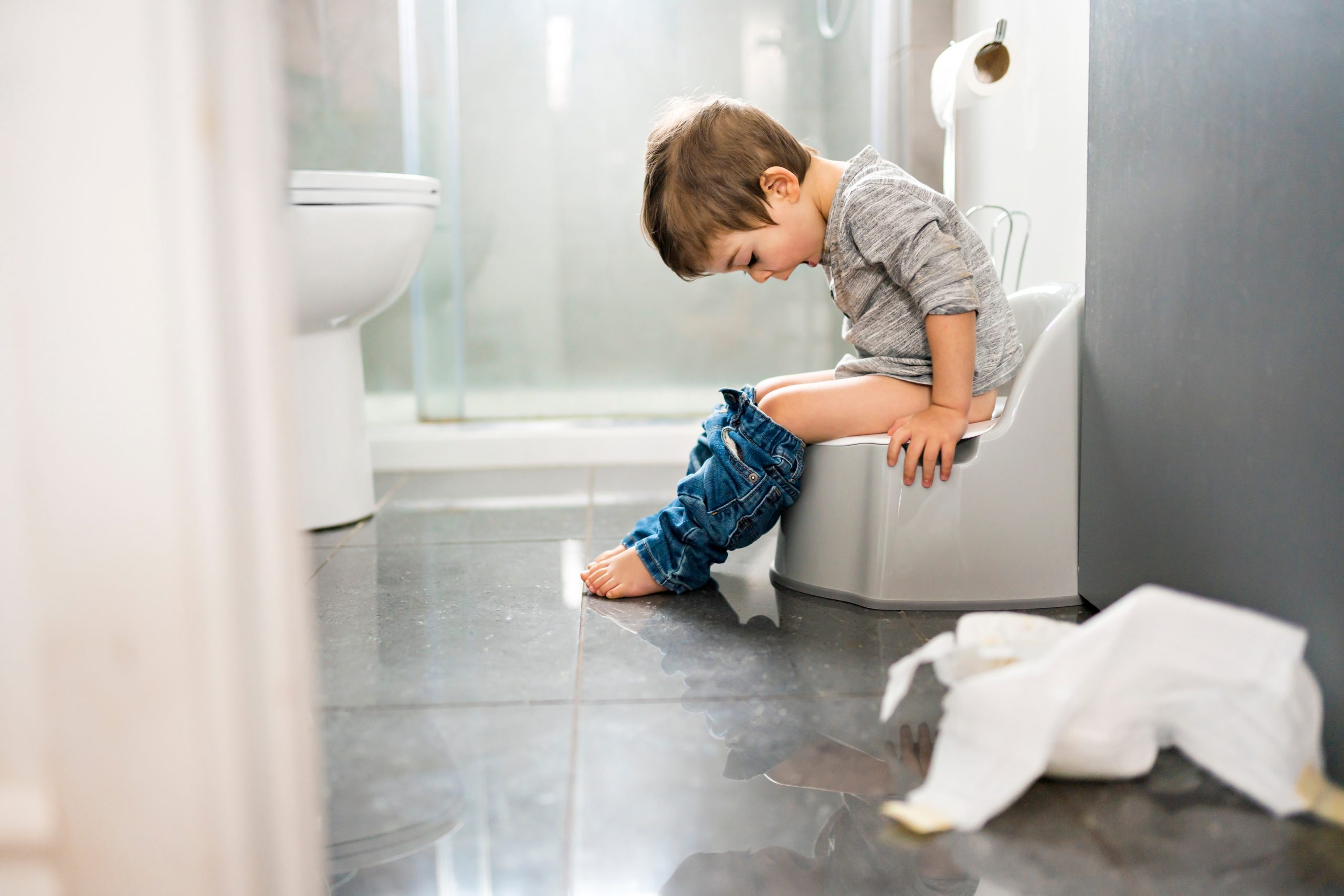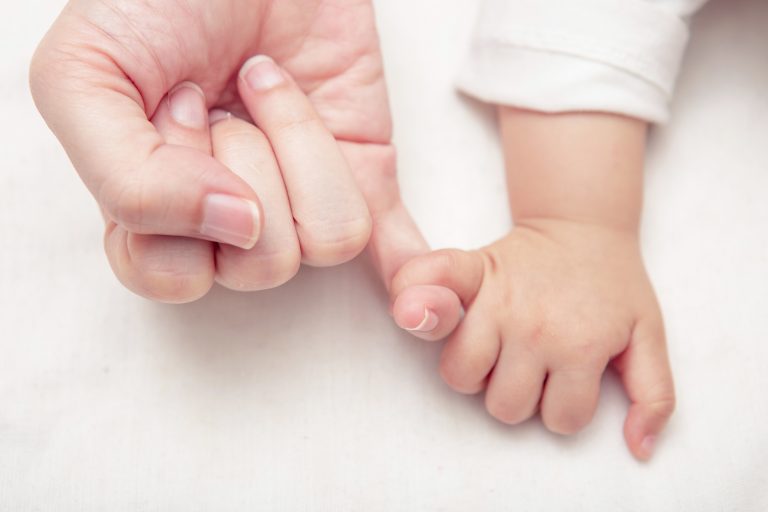Are you ready to bid farewell to nappies and enjoy on the exciting journey of potty training with your little one? Potty training is a significant milestone in your child’s development, and with the right approach, it can be a smooth and rewarding experience for both of you. In this comprehensive guide, we’ll explore expert tips and strategies to help you navigate this important stage with confidence and success.
When Is the Right Time to Start Potty Training?
When Should Potty Training Be Postponed?
Potty training may need to be postponed in the following circumstances:
- Moving to a new home or planning to move shortly
- Expecting a new pregnancy or a new baby joining the family soon
- Coping with a serious illness or a recent death in the family
Consistency is Key: Establishing a Routine
Consistency is key when it comes to potty training. You need to establish a regular potty routine by encouraging your child to sit on the potty at key times, such as after meals or upon waking. You should always praise and encourage them for any attempts, even if they’re not successful at first. Consistency will help reinforce the habit and build your child’s confidence over time.
Place the Potty in a Convenient Spot
It is important to position the potty in the bathroom rather than any other room at home.
Placing the potty in the bathroom helps your child associate the act of using the toilet with the appropriate environment. The bathroom is where they will eventually transition to using the adult toilet, so having the potty in this space introduces familiarity and consistency. Moreover, having the potty in the bathroom encourages good hygiene practices, as it reinforces the idea that toileting is a private and clean activity. Additionally, it allows easy access to running water for rinsing and cleaning the potty after each use, promoting cleanliness and sanitation. By locating the potty in the bathroom, you create a dedicated space for potty training and facilitate a smooth transition from potty to toilet as your child progresses in their development.

What Behaviours Indicate Readiness for Training?
- If the child’s nappy is dry upon waking from sleep or remains dry for at least 2 hours during the day.
- If bowel movements occur at predictable intervals or can be anticipated shortly beforehand (indicated by specific facial expressions, body movements, or verbal cues).
- If they can follow simple instructions.
- If they can independently go to the bathroom and undress themselves.
- If they express discomfort when their nappy is soiled and request a change.
- If they show interest in using the toilet or potty.
- If they demonstrate a desire to wear underwear like adults.
Note: Providing regular and balanced nutrition can facilitate the development of toilet habits.
Forcing a child to use the toilet before they are ready and applying pressure can result in long-term difficulties with bowel movements. If constipation is a concern, refrain from using suppositories, enemas, or stool softeners without consulting your child’s doctor. Many children achieve control over daytime urination and bowel movements by the age of 3-4.
Even if your child successfully manages daytime toilet habits, achieving the same success at night may take months or even years. Be reassured that 75% of children cease bedwetting by the age of 5.
Are There Easy Ways to Potty Train?
Exercise caution when selecting language to explain terms such as “urine” and “faeces” to your child, as they will incorporate these terms into their vocabulary and may use them in front of friends, neighbours, and other caregivers involved in their care.
Avoid using terms like “dirty” or “bad-smelling” when discussing bodily waste with your child. Such language can evoke feelings of embarrassment and self-consciousness in your child.
Present urination and defecation as natural, ordinary occurrences. Given children’s innate curiosity, they may occasionally explore their excrement. In such instances, gently explain that it’s not appropriate to play with it.
Once your child is ready, introduce them to a small potty. Ensure that they can comfortably sit on it and reach the ground with their feet while seated. This will instil a sense of security in them.
You can have a look at our Potty Training Products & Accessories
Children may express interest in observing other family members using the toilet. Permitting your child to accompany you to the bathroom on occasion can facilitate their understanding of this behaviour. Witnessing you use the toilet may inspire your child to do the same.
Can You Encourage Your Child to Recognise the Need to Use the Toilet?
- Encourage your child to inform you when they need to urinate or have a bowel movement. Typically, children will notify you after they’ve already relieved themselves in their nappy. This indicates that your child is beginning to grasp their own bodily functions.
- Praise your child for communicating with you and motivate them to give you a heads-up before using the toilet next time.
- Just before having a bowel movement, your child may exhibit various signs such as making sounds, straining, squatting on the floor, or taking a break from play if they’re engaged in an activity. Explain to your child that these cues signify it’s time to defecate and it’s time to use the toilet now.

In many cases, children learn to recognise the sensation of bowel movements before they recognise the sensation of urination. Some children achieve control over urination months after mastering bowel movements, while others may learn to urinate first. It’s essential to remember that every child progresses at their own pace.
Taking Your Child to the Toilet Regularly
Potty training can be challenging at times, but patience and persistence are key. Stay calm and supportive, even in the face of accidents or resistance. You should offfer gentle guidance and reassurance, and avoid putting pressure on your child to perform. Remember, every child progresses at their own pace, so trust in their abilities and celebrate their achievements along the way.
In conclusion, potty training is a significant milestone in your child’s journey towards independence. By laying the groundwork, timing it right, establishing a routine, using positive reinforcement, and maintaining patience and persistence, you can help your child master this important skill with confidence and success. Here’s to a happy and successful potty training journey for you and your little one!
At times, your child might request a nappy when they feel the urge to use the toilet and may prefer to choose their own spot for relieving themselves. Instead of viewing this as a setback, it’s important to praise your child for recognizing their need to go to the toilet. In such instances, you can suggest that your child uses the toilet while still wearing their nappy. Subsequently, you can gradually encourage them to use the potty without a nappy. In most cases, when the time is right, your child will express a preference for using the regular toilet. At this point, you’ll need to guide your child on how to use the toilet when they express this desire.
If you have any questions before, during, or after potty training or if something is on your mind, please consult your child’s doctor. Usually, a minor problem can be easily solved, but if there are medical or psychological issues, then treatment may be necessary. Any help or advice from your child’s doctor will facilitate your child’s potty training.




